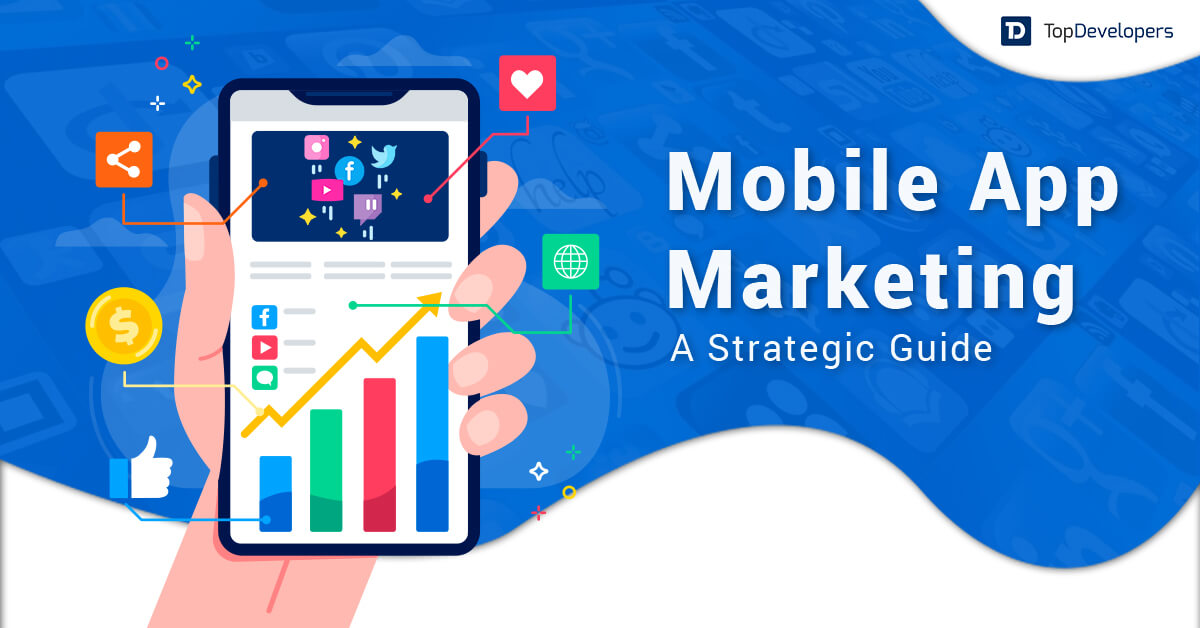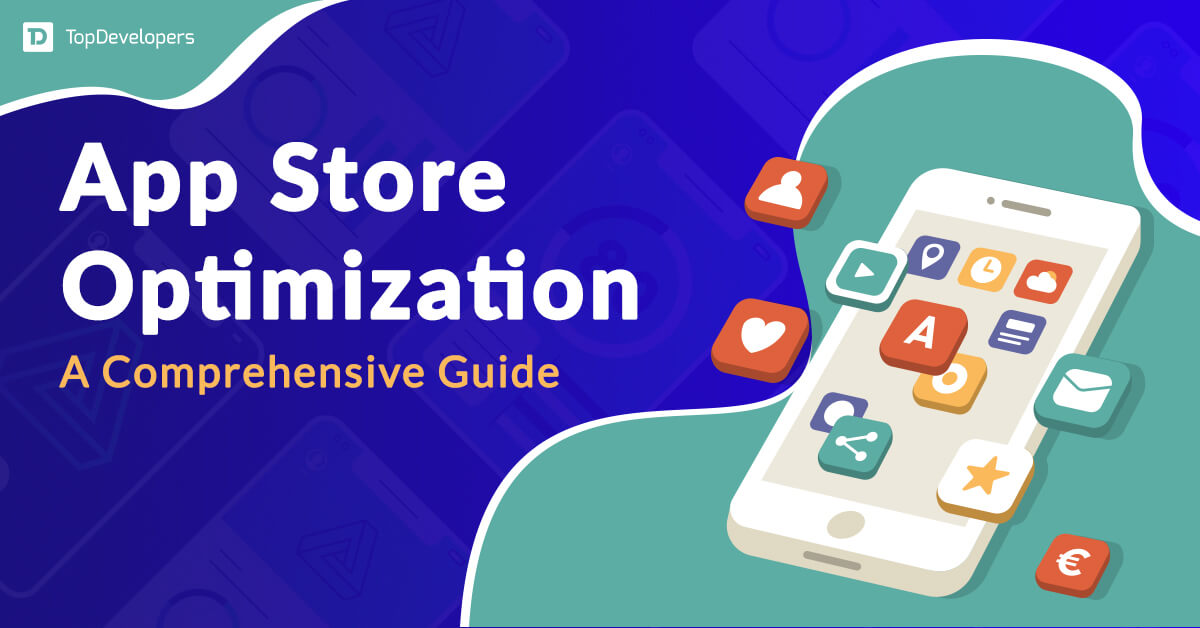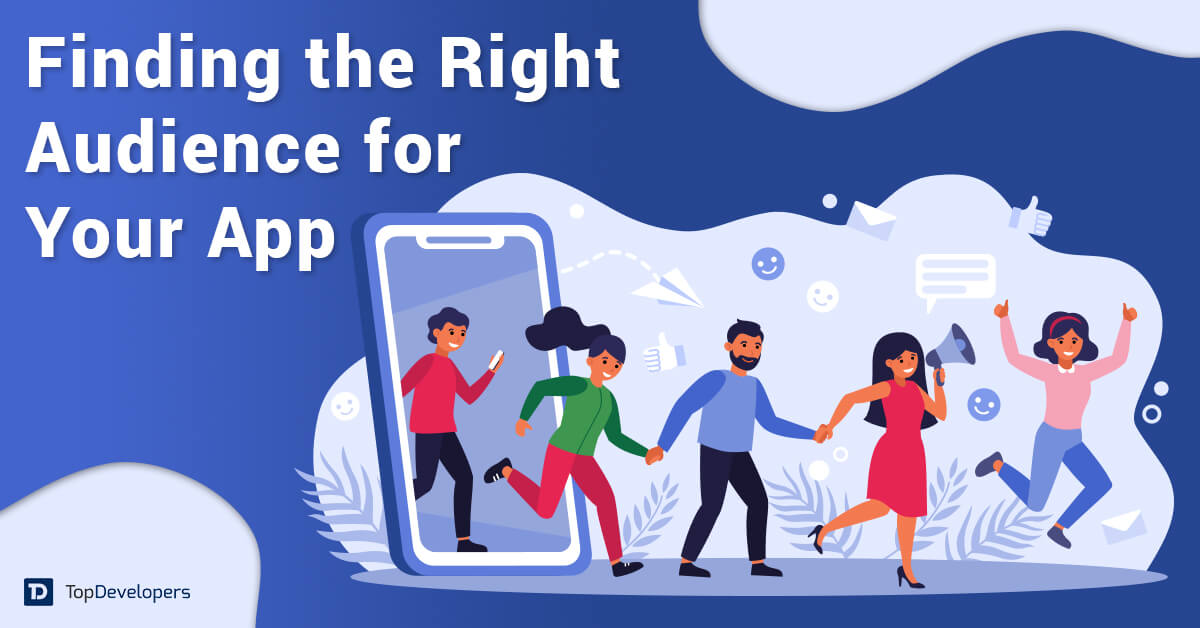
A mobile app user engagement measures the extent of user involvement and enthusiasm. By analyzing the time spent, actions performed, and frequency of use, user engagement is evaluated.
The level of user engagement is key to understanding an app’s success, which app developers closely monitor. For successful app developers, these are vital metrics: engagement rate, retention rate, active users, session length, session intervals, conversion rates, and app opening frequency.
According to a 2022 survey conducted among mobile app developers, publishers, and marketers worldwide, geography has been an essential key to target parameters for user acquisition campaigns, with 54% of respondents opining that this parameter is a key. Information on users’ OS ranked second, with 52% of respondents recognizing this parameter as key.
Table of Contents
- Result-oriented strategies to acquire users for your mobile app
- 1. Identify your target audience and core value proposition
- 2. Choose the right acquisition channels
- 3. Optimize your app store presence
- 4. Create engaging and benefit-focused content
- 5. Run pay-per-install or pay-per-action mobile ad campaigns
- 6. Leverage influencers and industry experts
- 7. Promote app referrals, reviews, and sharing
- 8. Build an email list and nurture subscribers
- 9. Build a strong social media presence
- 10. Analyze, test, and optimize
- Cultivating long-lasting user relationships
Result-oriented strategies to acquire users for your mobile app
In today’s crowded app market, acquiring and retaining users is more challenging than ever. With over 5 million apps across iOS and Android, standing out requires strategic thinking and targeted tactics that speak to your ideal users.
Mobile user acquisition is a pivotal aspect of mobile app development and marketing, vital for attracting new users to mobile applications. Recent trends and insights shed light on the dynamics of this field. In the last 5 years, Facebook Ads have undergone a complete cycle in acquiring a single mobile app user’s cost. The variability illustrates the dynamic nature of a mobile user acquisition forecast.
This comprehensive guide traces 10 proven strategies to grow your app’s user base. You can gain traction and scale by defining your target audience, optimizing conversion funnels, running personalized campaigns, and more. Let’s dive in.
1. Identify your target audience and core value proposition
- The foundation of any good app user acquisition strategy is understanding who your app is for and the unique value it provides.
- Begin by creating detailed buyer personas – composite profiles of your ideal users. Look at demographics like age, location, gender, income level, education, interests, and pain points.
- Then, pinpoint the core user needs that your app fulfills. Is it productivity, entertainment, or social connection? What problem does it solve? How does it improve their lives?
- This clarity allows you to tailor content and messaging to resonate with your targeted users and influence them to download your mobile application.
Mobile app development companies are essential partners in creating and managing successful applications. With their market-proven strategies for building an app that helps in user acquisition and retention. Also, best app marketers and ASO agencies, can ensure that your mobile app reaches its target audience and keeps them engaged.
2. Choose the right acquisition channels
With your audience and value prop defined, explore channels that allow you to reach them. Consider:
- App Marketplaces: App Store and Google Play Store should be core channels in your acquisition mix. Optimize listings for conversions.
- Paid Ads: Facebook, Instagram, TikTok, YouTube, Search Engine, and Display ads can drive installs through targeted user acquisition campaigns. Track costs vs. returns.
- Organic: Pitch your app to reviewers, influencers, and blogs read by your audience for earned coverage. This builds credibility.
- Email: Send promotional emails to customers from related products/services. Add sign-up forms to your site.
- Social: Build an engaged following on social media platforms your audience uses. Share teasers driving to app store listings.
- Referrals: Encourage sharing and invite features for current users to share with friends organically.
- Partnerships: Team up with complementary brands to cross-promote apps to each other’s users.
- Events: Showcase your app at industry conferences, meetups, and trade shows attended by your users.
Testing across multiple channels provides enough volume to identify winners to double down on. In other words, keeping a strategic eye on various channels and analyzing them will help you choose a proper channel that works for a niche business.
3. Optimize your app store presence
This is one of the best mobile app user acquisition strategies. Your app’s marketplace listing is often the first touchpoint for potential users, so ensuring it converts is critical.
Here are some of the important pointers to keep in mind that will help to increase download your app,
- Compelling Title: Incorporate crucial keywords to draw attention to the perks of your mobile app.
- Descriptive Subtitle: Explain the title by emphasizing its applications/use cases. Highlight the unique selling points (USPs) or any distinguishing features of your mobile app.
- Screenshots: Use Screenshots to depict important app features or user interface elements. Don’t forget to furnish these images with captions.
- Video Demo: A video demo of your mobile app brings out user experience value propositions engagingly.
- Icon: Use a polished graphic icon that is easy to recall to grab attention.
- Detailed Description: Explicitly express all key features and values they add for your mobile app users. Infuse relevant information and keywords into this description. Having detailed information regarding your app will help you get in reach with your targeted users.
- Reviews: Encourage pleased customers to leave a positive review and rating. Because many potential users like to read app reviews first before downloading it. Positive ratings and reviews will help in increasing app downloads.
Furthermore, mobile app updates must be rigorously tested to ensure timely implementation regarding performance issues, bugs being dealt with timely, etc. Additionally, user feedback for each version needs to be carefully tracked to gauge the effectiveness and success of such updates.
4. Create engaging and benefit-focused content
Creating high-quality content is crucial for attracting users to your app by effectively conveying your unique selling points.
- Blog Posts: Produce in-depth articles about your sector, your targeted user’s challenges, pain points, and how your app can address these. Incorporate relevant information. Leverage social media promotions, email campaigns, and website postings to generate interest among potential users.
- eBooks / Guides: Offer in-depth guides on topics your user cares about, embedding app benefits. The gate behind a lead capture form is to collect emails.
- Webinars: Educate your audience on relevant themes while demoing your app’s solution. Promote replay links after the live event.
- Videos: Produce your app explainer videos, product tutorials, customer success stories, and behind-the-scenes footage. Post on YouTube, social, etc.
This “educate, don’t sell” approach earns trust and primes visitors for conversion.
5. Run pay-per-install or pay-per-action mobile ad campaigns
This is one of the top user acquisition strategies. Paid mobile ads can efficiently drive installs and app actions when targeted, tracked, and optimized correctly. Consider:
- Pay-Per-Install (PPI): When users install your app from the ad, you pay. Ideal for lower-funnel user acquisition.
- Pay-Per-Action (PPA): You pay when users complete actions in your app like signups, purchases, etc. Great for ROI.
- Geo-Targeting: Show ads to users in specific locations with specific needs; for instance, showing water sports to people living in coastal areas.
- Demographic Targeting: Target your mobile app users by age, gender, interests, behaviors, income, etc.
- Retargeting: Engage users who have visited your app with install/action ads across platforms.
- Deep Linking: Drive users directly to specific in-app destinations post-install via links.
- App Testing: A/B test ad creative, messaging, placements, audiences, and bids to optimize the performance of the mobile app.
Analyze cost per install (CPI), cost per action (CPA), and lifetime value (LTV) to gauge true return on ad spend and adjust.
6. Leverage influencers and industry experts
Influencer marketing earns the trust of prospects by associating your brand with credible voices in your niche:
- Relevant Reviewers: Send pre-launch reviewer access to get your app covered on popular app review sites like App Advice.
- Nano/Micro-Influencers: Partner with niche social media influencers aligned to your industry with highly engaged, targeted followers.
- Bloggers / Journalists: Pitch exclusive app content, demos, and founder interviews to bloggers and reporters at vertical publications.
- Industry Experts: Get endorsements from recognizable thought leaders, celebrities, and experts in your field.
- Referral Programs: Reward influencers for sharing promo codes and affiliate links driving app installs.
This earned media exposure raises awareness and social proof. Ensure influencer values and audiences align before collaborating.
7. Promote app referrals, reviews, and sharing
Satisfied users can become evangelists, organically promoting your app via referrals, social shares, ratings, and reviews. This is one of the user acquisition challenges. Therefore, making this easy within your app will help you earn a positive point.
- Enable contacts to share unique referral codes, links, and information within your app – rewards may be awarded upon successful conversions!
- Include buttons that enable your content or achievements from your app to be easily shared across popular social networks like Twitter.
- Engage customers who have satisfied you and request five-star reviews or concise App Store reviews by sending them email or notification blasts with these requests.
- Showcase your ratings and feedback points on your App Store profile and website.
- Gather positive testimonials from happy users or successful accounts to highlight them on your website. Additionally, implement these recommendations in your email marketing campaigns or ads.
These social signals boost credibility with prospective users and improve search visibility for your mobile app listing.
8. Build an email list and nurture subscribers
Email marketing allows you to build direct relationships with interested users through valuable, relevant content over time.
- Provide gratis resources of significant value to acquire emails.
- Regularly distribute a series of emails that guide your subscribers about your mobile app and its updates with promotional offers, rewards and more.
- Occasionally advertise your offers, including trials and updates on interesting features of your mobile app.
- Compensate active subscribers with limited mobile app privileges, including early admission.
- Tailor your messages according to user characteristics as well as app activity patterns.
Growing and nurturing an email list provides a renewable source of qualified, warm leads over the long term.
9. Build a strong social media presence
An active social media presence can help your brand connect with people, interact with followers, and engage potential new users organically.
- Relevant Platforms: Determine primary popular platforms with your target users and build them from within to form your fan base.
- Engaging Content: Share photos that highlight the app’s value frequently.
- Paid Amplification: Increase organic content’s performance on social media through low-cost advertisements.
- Cross-Promotion: Use social networks like Instagram, Twitter and Facebook to cross-promote blogs, influencers, app reviews, or blog content to increase visitor count and gain more visitors.
Invest time in growing and nurturing your audience on social platforms where they spend time. Convert followers into app users.
10. Analyze, test, and optimize
Continuously track and assess your mobile app user acquisition strategy for mobile apps, doubling down on what works while cutting ineffective initiatives.
- Campaign Reports: Frequently review metrics by channel to identify the most cost-efficient conversion sources.
- Attribution Tracking: Know how users discovered your app. Identify top channels and campaigns.
- A/B Testing: Test variations of creative, messaging, offers, etc. to boost conversions.
- User Surveys: Ask for feedback on motivations to download and valuable features. Apply learnings.
Refine your user acquisition strategy using hard data insights to maximize your budget and growth. Continuously improve.
Cultivating long-lasting user relationships
Attracting and retaining engaged users is essential yet challenging in today’s digital landscape. Employing proven techniques like paid ads, ASO, App marketing, SMM, and social media outreach can help acquire new users. However, fostering loyalty requires going beyond initial outreach.
Consistently delivering value, understanding user behavior and pain points, segmenting audiences, and crafting targeted messaging and experiences will set you apart. With creativity, testing, and knowing your users, you can craft sticky experiences that convert your mobile app users into loyal brand advocates. The key is keeping their needs at the core.
 Gillian Harper
| Sep 12, 2023
Gillian Harper
| Sep 12, 2023
A professionally engaged blogger, an entertainer, dancer, tech critic, movie buff and a quick learner with an impressive personality! I work as a Senior Process Specialist at Topdevelopers.co as I can readily solve business problems by analyzing the overall process. I’m also good at building a better rapport with people!


